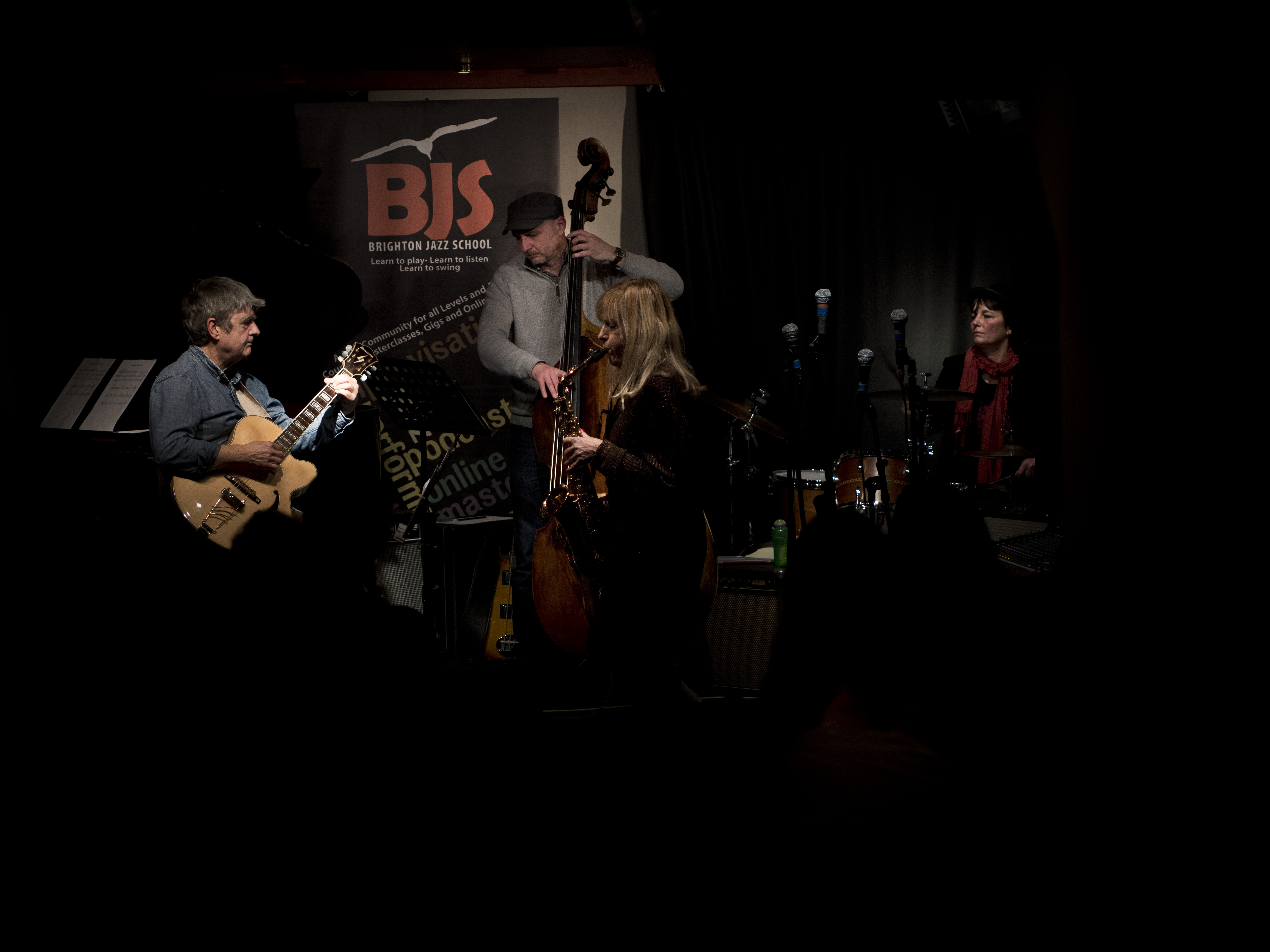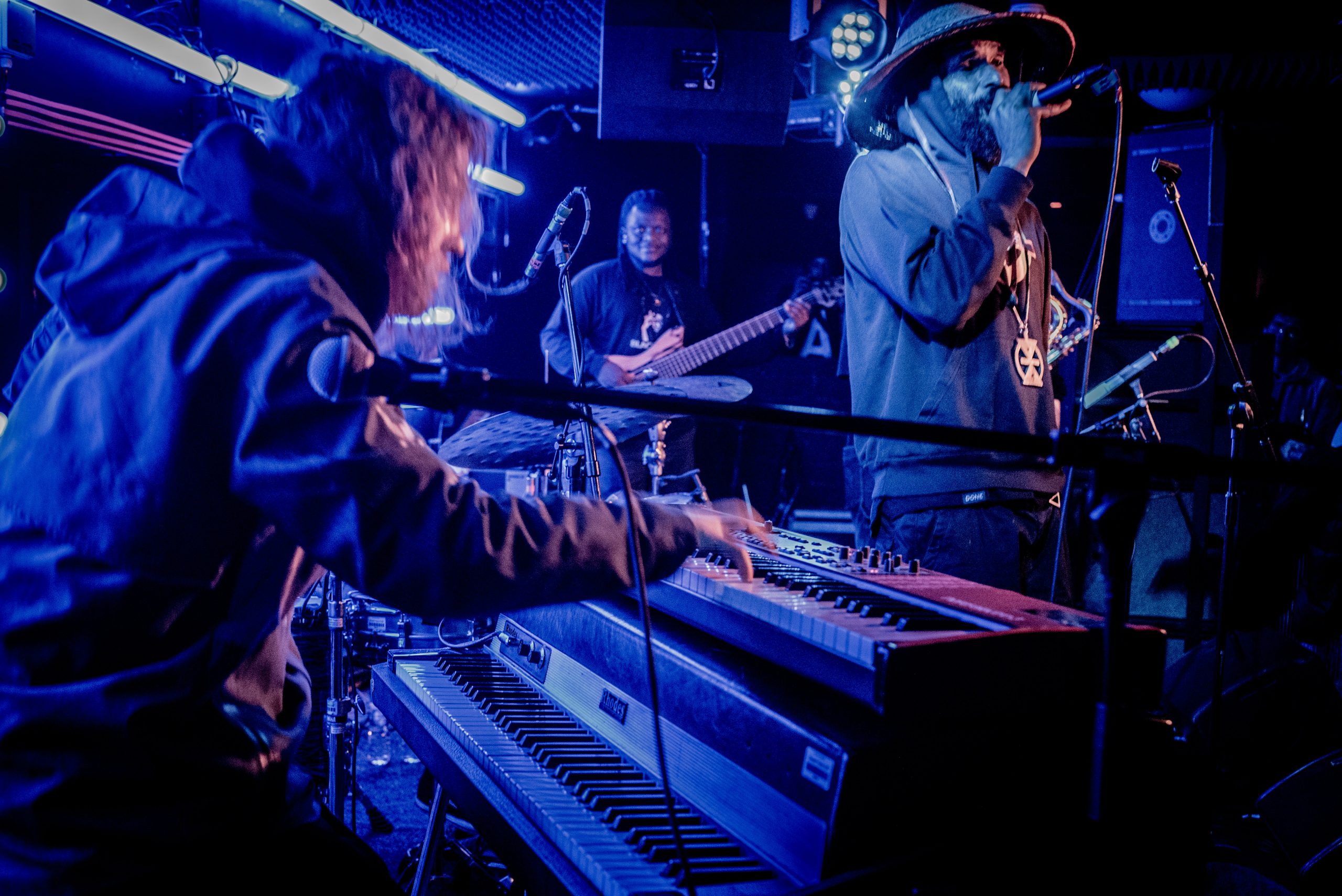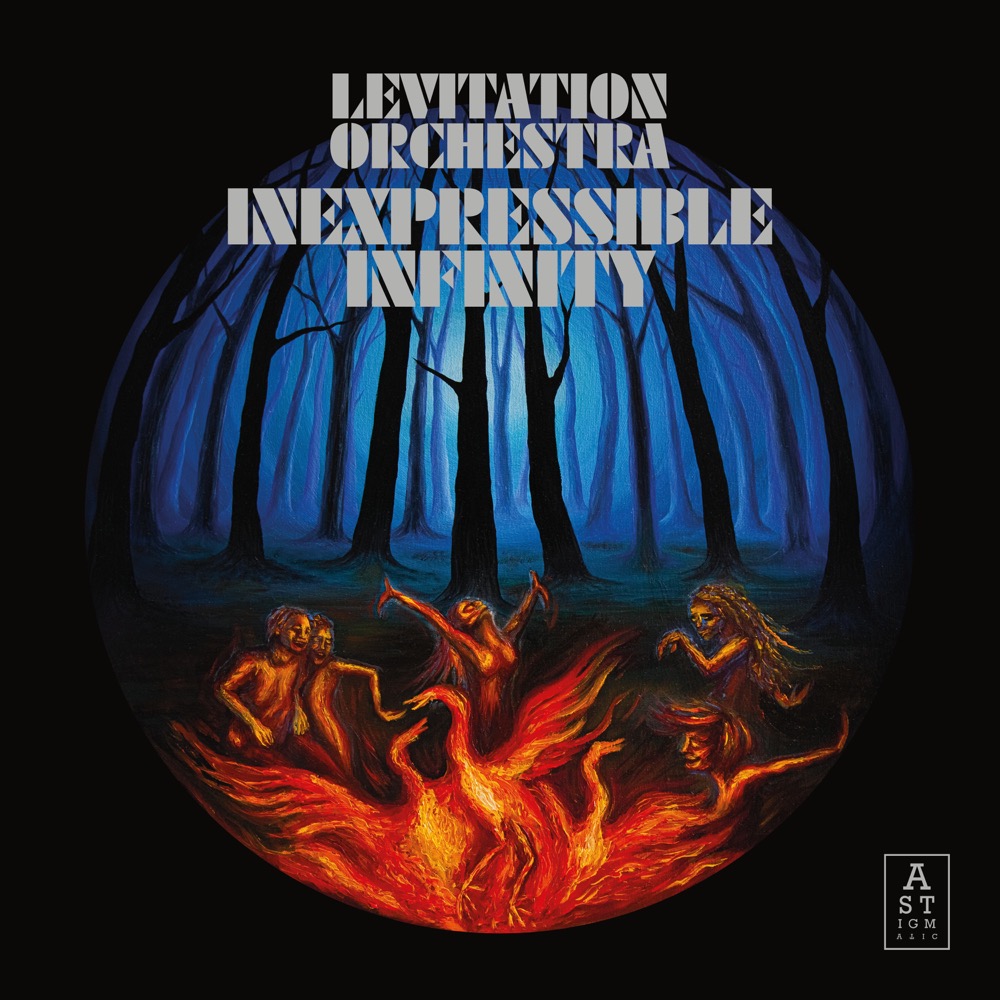Jazz Education Review: Brighton Jazz Education Conference

Teacher, don’t teach me no nonsense
A one-day Jazz Education Conference at Brighton’s Verdict club confronted a world where music is a commodity and education a business investment. At this Brighton Jazz School event, Tony Durham discovered how South Coast educators are trying to keep the jazz flame alive.
Let’s not underestimate the challenge of turning starry-eyed 18-year-olds into worldly-wise jazz musicians in three or four years. But at least those kids are going to practise like hell and develop awesome chops, so there is some emotional reward for their teachers.
I am one of the others: a student who came to playing jazz relatively late in life. No hopes of fame or high-pressure college course for me. For my teachers, I represent a challenge of a different kind. Teaching us ‘lifelong learners’ must be frustrating in ways that don’t arise when teaching young, career-oriented students. Most of the class are never going to be all that good. Some are there chiefly for social reasons. Some have no previous interest in jazz and have rocked up “because I couldn’t get on the pottery course”.
Social reasons are fine. I am not devaluing the jazz community here, or its generous embrace of musicians of all abilities, or its hard-as-nails commitment to tolerance and inclusiveness. I am just saying that this kind of teaching can be a little unrewarding, if seeing your students learn and grow is meant to be the chief non-material reward of the job.
Both of these challenges face jazz educators here on England’s South Coast, where (to name but two) Chichester is a noted centre for vocational jazz education, and Brighton offers a great choice of lifelong learning opportunities. Of course, students defy simple categories. Jazz is full of semi-professionals, regular giggers with day jobs, branching-out classical musos, and portfolio careerists. We are all learning. It’s what we are earning that varies.
So, on a fine January day, with Brighton and the sea resplendent in winter sunshine, there are only a few empty seats in the Verdict’s sunless basement. Walking the Downs or cycling the Undercliff can wait, never mind the work commitments that some of us had to negotiate in order to be here. Students and teachers alike, we all understand that music demands sacrifice. Later there will be an excellent improvisation workshop led by guitarist Alex Ayling-Moores, and a evening of fine music played by local students and pros. But first we are here to discuss the fraught subject of jazz education.
There is a consensus here. Three of the four speakers are telling us basically the same thing, that jazz education has become too theory-driven, and has lost touch with its emotional soul. The reasons are debatable and undoubtedly complex, but much of the blame falls on the inexorable pressure to turn education into a commodity.
Pianist Wayne McConnell, founder of Brighton Jazz School and lecturer at the University of Chichester, kicks off by hitting a few chords on the piano and inviting us to describe them. He is not after a technical description. He wants to know what sensation or emotion the chords evoke. Apparently this is a question that music teachers rarely ask. Best thing about this exercise is how wildly varied the answers are. We all hear music differently.
Wayne’s mentor and piano hero was the late James Williams who said, “keep the music in your head and keep your head out of the music”. That doesn’t mean that Williams was theory-averse. Wayne was about eighteen when he first set foot in the master’s home, to find him deconstructing complex chords from a recording in near-real-time – an impressive skill which came, not from college theory classes, but from years of playing and listening.
As a repeat consumer of Wayne’s courses I am obviously receptive to his point of view. Before I met Wayne I went on a course where we were taught the modes, and I rapidly figured out that this knowledge was of little use when busking your way through an unfamiliar chart. The best place for theory is in the practice room. Pulling a tune apart and putting it together again: if you can do that by instinct alone, lucky you. If not, theory can help.
Wayne has a junkpile of hardline chord-scale theory books. I also have a shelf of theory books, but they are not all bad. The best of them treat chord-scale theory (and theory altogether) as no more than an effort to get a handle on the mystery of musical experience. Perhaps I underestimate the extent to which theory-first teaching has messed up young minds.
Many classical music degree courses now have a jazz module. That can’t be bad, can it? Parents steer their children towards these courses, scenting a career path. (They should talk to some of the stressed-out classical professionals I know). Julian Nicholas, joint organiser (with Claire Martin OBE) of the South Coast Jazz Festival, believes this is one of the reasons for the decline in applications for pure jazz courses. The larger context is the political pressure to make higher education more ‘vocational’ and aligned with the perceived needs of the workplace. Though Julian didn’t say it, some politicians are astonishingly blind to the contribution made by the arts to our GDP.
What he did say was that musical theatre now attracts more students than any other music subject in higher education. Such is the lure of London’s West End money machine. Meanwhile jazz, which lives on shared ideas and offers scant pickings for intellectual property lawyers, finds that there is little space for its values in a commoditised culture. Yes, jazz musicians give the Strictly Come Dancing band its infectious rhythm, and a jazz singer can cut through the R&B-style crowd on The Voice. But then Ryan Gosling goes and pretends to have learned jazz piano in three months for his role in La La Land. Thanks a bunch, Ryan.
The Aebersold publishing empire and Boston’s Berklee College of Music have been hugely successful in turning jazz knowledge into a commodity. This, Julian argues, is the culture that now owns jazz. I see signs that Jamey Aebersold, at least, has belatedly backed away from chord-scale fundamentalism. But perhaps the damage is already done.
Julian’s talk kicks off a train of thought. Perhaps music is like science. It has revolutions, Kuhnian paradigm shifts, like the one which brought us jazz in the first half of the twentieth century. These are followed by periods of ‘normal’ development as the new paradigm becomes orthodoxy. Armstrong and Parker have gone. Jazz is in a normal, straight-ahead period, innovation is difficult, and the choice for players seems to be between super-commoditised and super-cerebral forms of jazz. Western classical composers faced a similar choice between the world wars: write film and theatre music, or be Webern.
Of course there are still fresh ideas in jazz, but many of them are the result of cross-fertilisation with other musical traditions. Every musician should be a citizen of the musical world. But perhaps it is also important to have deep roots in one musical tradition. It’s not about what you can take from world culture, but what you can bring to it from your own musical roots.
Geoff Simkins, veteran sax player and educator, grew his jazz roots at the university of life. The word is ‘autodidact’ but I am trying to keep it real. After what sounds like several lifetimes on the road, Geoff was offered a teaching job. He went along with the Aebersold-style chord-scale theory, and the fashionable emphasis on originality, but soon had his doubts. Geoff tells how he read about the pianist and educator Lenny Tristano, and was won over to Tristano’s educational tenets. Have heroes and heroines. Imitate them, not just the notes but their sound, dynamics and articulation. Learn to sing a solo before playing it. Practise a whole chorus, not just licks and phrases. Develop rhythmic independence: even if you are not a drummer, be able to mark a different pattern with each limb.
Take-home message? Don’t try too hard to be original. It will come. Early players did not even talk about improvisation, they spoke of ‘embellishing’ the tune.
To survive as a professional musician, you either need to be a business person, or have one leading your band. Sure, another world is possible. But you may starve before it arrives. Singer and South Coast Jazz Festival organiser Claire Martin told us how to avoid starvation, by dealing gracefully and cleverly with the horrible, commoditised world as it is. All its squalid details, like the 10 per cent of CD sales that many venues demand, plus the ‘little drink’ for the person selling them. The ghastliness of Friday-night traffic (get booked on a Thursday instead). The mysteries of the rider – the stuff you ask the venue to provide, from running water to (pushing your luck, now) smoked salmon. The etiquette of paying the band and taking your cut – not greatly changed since Ellington’s day. Diaries, agents, managers, social media. You’ve got to hustle. You’ve got to be organised. All this should be part of a jazz education.
Claire is a motivational speaker, and I mean that in a good way. She won’t tell you to visualise your dream, or discover your spirit animal. She tells you how to get shit done.
“I enjoy negotiating,” Claire says. “I am not embarrassed talking about money.” If a venue doubts that her gig will be a sellout, she might tell them “give me five hundred quid against a door split”. Take this woman off jazz. We need her on the Brexit negotiations.
Tony Durham is quite young really, having bought his vinyl copy of Kind of Blue as recently as 1961. For part of his extremely varied and exciting career, he was a higher education journalist. In 2013 an alleged ‘friend’ persuaded him to try jazz piano. The trial continues.
Photo: Lisa Wormsley.



